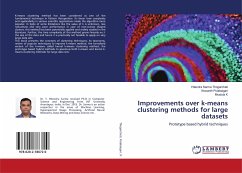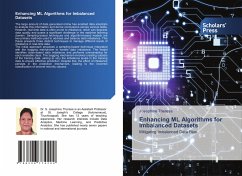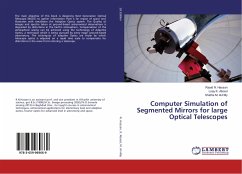
Improvements over k-means clustering methods for large datasets
Prototype based hybrid techniques
Versandkostenfrei!
Versandfertig in 1-2 Wochen
47,99 €
inkl. MwSt.

PAYBACK Punkte
24 °P sammeln!
K-means clustering method has been considered as one of the fundamental technique in Pattern Recognition. Its linear time complexity and applicability in various scientific applications made the algorithm more popular. In Spite of some limitations like the value of k is unknown, less robustness and very poor performance in case of non-convex shaped clusters, this method has been potentially applied and widely studied in the literature. Further, the time complexity of this method grows linearly w.r.t the size of the data and hence it is practically not feasible to apply on very large data sets....
K-means clustering method has been considered as one of the fundamental technique in Pattern Recognition. Its linear time complexity and applicability in various scientific applications made the algorithm more popular. In Spite of some limitations like the value of k is unknown, less robustness and very poor performance in case of non-convex shaped clusters, this method has been potentially applied and widely studied in the literature. Further, the time complexity of this method grows linearly w.r.t the size of the data and hence it is practically not feasible to apply on very large data sets. This book presents the concepts of clustering techniques, its taxonomy, review of popular techniques to improve k-means method, the kernelized version of the k-means called kernel k-means clustering method, the prototype based hybrid methods to speed-up both k-means and kernel k-means clustering methods for large data sets












